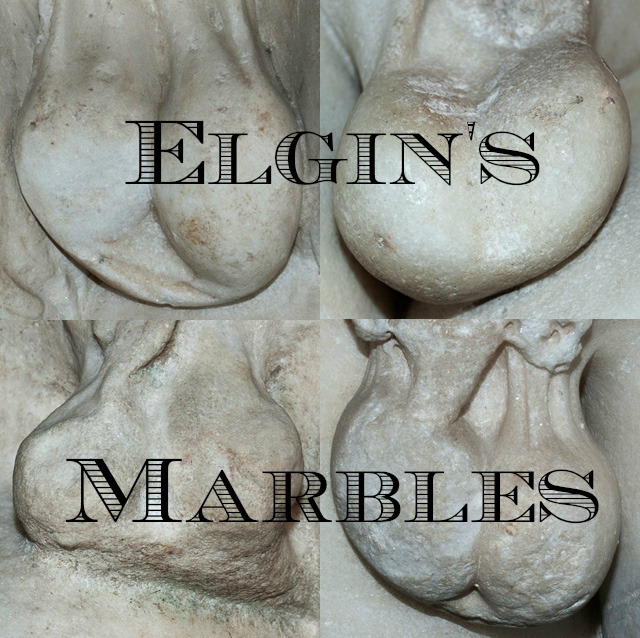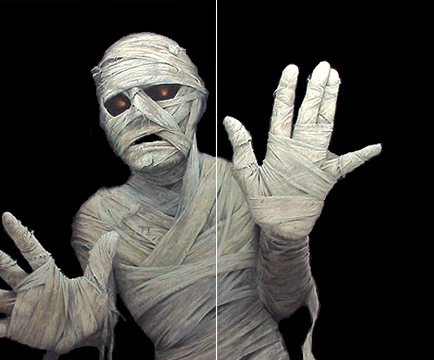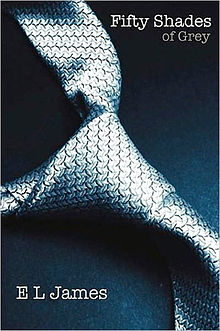One of archaeology’s most enduring modern mysteries was firmly put to bed yesterday with the surprise announcement that a cache of finely sculpted marble testicles has been found in Milton Keynes, England.
Museum Curator Bernard Beardsley FRSA, a research associate with the Hellenic Reunification Project, told yesterday how routine archive assessment of a previously unidentified box of rocks actually contains the missing parts chiselled off Greek Statues currently on display in the British Museum.
‘They were removed from the statues in the 19th century’ continued Beardsley, ‘to preserve the modesty of young Victorian ladies visiting the museum galleries.’ The priceless rocks were then hidden away by overzealous museum creators, and were believed to have been lost until this latest discovery.
 ‘The provenance of these particular specimens was always a bit of a mystery,’ Beardsley said, ‘but scientific testing of the stone, plus some sophisticated refit analysis using 3D models, has proven beyond doubt that these are definitely the missing marbles.’
‘The provenance of these particular specimens was always a bit of a mystery,’ Beardsley said, ‘but scientific testing of the stone, plus some sophisticated refit analysis using 3D models, has proven beyond doubt that these are definitely the missing marbles.’
The collection forms the important bits of the Parthenon sculptures that were contentiously purchased by the Earl of Elgin in the early 1800s. The Parthenon sculptures were purchased by the nation soon after export and placed on permanent display in the British Museum, but Greece has long insisted that the statues should be returned.
The fate of the newly discovered marbles is not yet known, but they are unlikely to stay in Milton Keynes for long. The county council hopes to display the marbles as a tourist draw, Beardsley added, but is likely to come under sustained demands to repatriate the specimens to Greece, where there is even a space waiting for them in a purpose built museum.
This is a condensed version of a report from Reuters. Read the full report here.





 Splashed out on a new Kindle yet? Splashed out on anyone elses? Then it’s our great-self pleasure here at Diggingthedirt to lend a helping hand. Introducing the first installment in our filthy munsell-based trilogy… mummy porn!
Splashed out on a new Kindle yet? Splashed out on anyone elses? Then it’s our great-self pleasure here at Diggingthedirt to lend a helping hand. Introducing the first installment in our filthy munsell-based trilogy… mummy porn! 